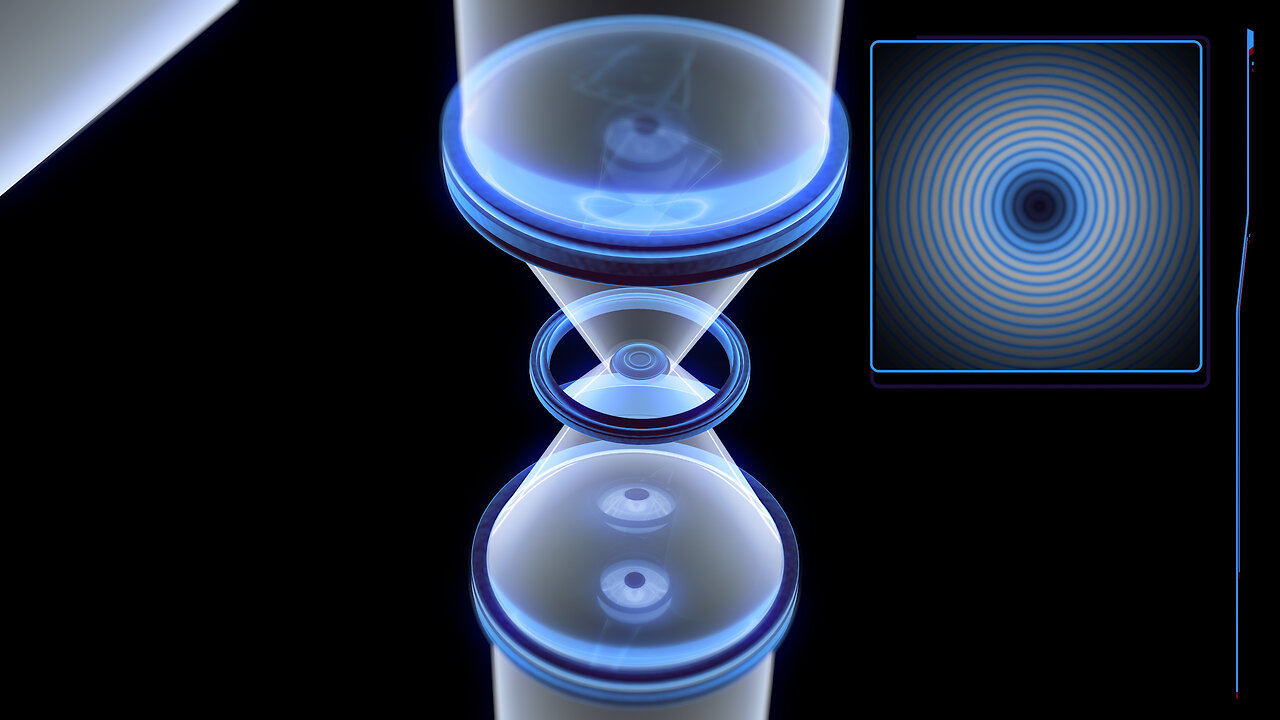Premium Only Content

The Nancy Grace Roman Space Telescope's Coronagraph Instrument
When a new NASA space telescope opens its eyes in the mid 2020s, it will peer at the universe through some of the most sophisticated sunglasses ever designed.
This multi-layered technology, the coronagraph instrument, might more rightly be called “starglasses”: a system of masks, prisms, detectors and even self-flexing mirrors built to block out the glare from distant stars — and reveal the planets in orbit around them.
Normally, that glare is overwhelming, blotting out any chance of seeing orbiting planets. The star’s photons — particles of light — swamp those from the planet when they hit the telescope.
The Nancy Grace Roman Space Telescope’s coronagraph just completed a major milestone: a preliminary design review by NASA. The instrument has met all design, schedule and budget requirements, and can now proceed to the next phase, building hardware for flight.
The Roman mission’s coronagraph is meant to demonstrate the power of increasingly advanced technology. As it captures light directly from large, gaseous exoplanets, and from disks of dust and gas surrounding other stars, it will point the way to the future: single pixel “images” of rocky planets the size of Earth. Then the light can be spread into a rainbow spectrum, revealing which gases are present in the planet’s atmosphere — perhaps oxygen, methane, carbon dioxide, and maybe even signs of life.
The two flexible mirrors inside the coronagraph are key components. As light that has traveled tens of light-years from an exoplanet enters the telescope, thousands of actuators move like pistons, changing the shape of the mirrors in real time. The flexing of these “deformable mirrors” compensates for tiny flaws and changes in the telescope’s optics.
Changes on the mirrors’ surfaces are so precise they can compensate for errors smaller than the width of a strand of DNA.
These mirrors, in tandem with high-tech “masks,” another major advance, squelch the star’s diffraction as well – the bending of light waves around the edges of light-blocking elements inside the coronagraph.
The result: blinding starlight is sharply dimmed, and faintly glowing, previously hidden planets appear.
The star-dimming technology also could bring the clearest-ever images of distant star systems’ formative years — when they are still swaddled in disks of dust and gas as infant planets take shape inside.
The instrument’s deformable mirrors and other advanced technology — known as “active wavefront control” — should mean a leap of 100 to 1,000 times the capability of previous coronagraphs.
-
 9:29
9:29
AlaskanBallistics
10 hours ago $8.77 earnedWyoming Suppressors and Rifles at Shot Show 2025
90.5K4 -
 1:06:40
1:06:40
Donald Trump Jr.
14 hours agoThe Left is Taking one L After Another, Live with Michael Knowles | Triggered Ep. 217
181K118 -
 47:17
47:17
Kimberly Guilfoyle
14 hours agoWoke Gets DOGE’d, Live with AJ Rice & Jarrett Stepman | Ep. 197
133K43 -
 20:11
20:11
Candace Show Podcast
13 hours agoBecoming Brigitte: Candace Owens x Xavier Poussard | Ep 6
200K334 -
 8:25:38
8:25:38
Dr Disrespect
17 hours ago🔴LIVE - DR DISRESPECT - ELDEN RING DLC - REVENGE
197K22 -
 54:22
54:22
LFA TV
1 day agoThe End of the Trans-Atlantic Alliance | TRUMPET DAILY 2.17.25 7PM
52.5K7 -
 55:56
55:56
BIG NEM
16 hours agoUGLY COCO: The Rapper Who’s Tried EVERY PSYCHEDELIC 🌌
24.4K1 -
 1:42:51
1:42:51
2 MIKES LIVE
14 hours ago2 MIKES LIVE #181 Deep Dive Monday!
28.2K3 -
 1:57:43
1:57:43
Quite Frankly
14 hours ago"Low Tide at The Pier: Munich Tears" 2/17/25
39.9K19 -
 27:44
27:44
The Based Mother
15 hours ago $0.81 earnedBOOK BAN LIES. Karen England and the MSM fairy tale that books are being “banned” by fascists
19.5K3